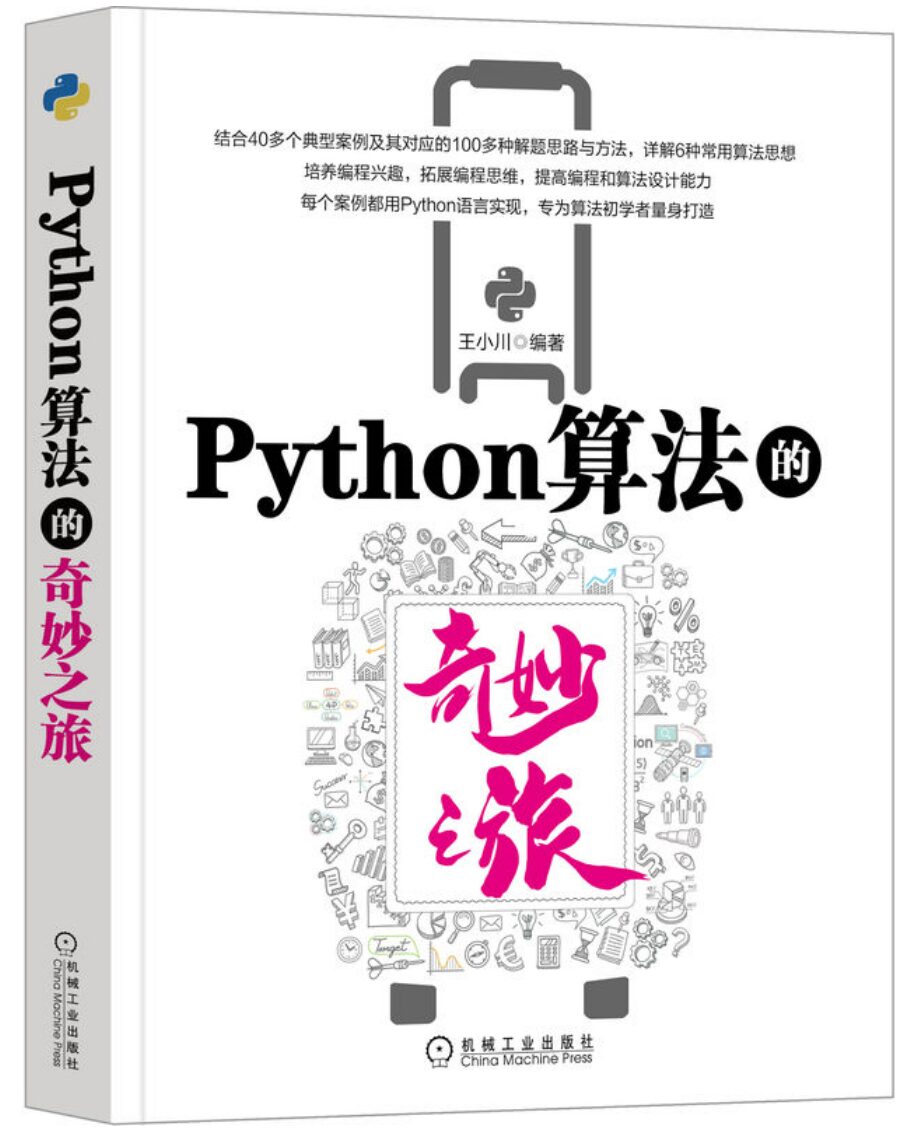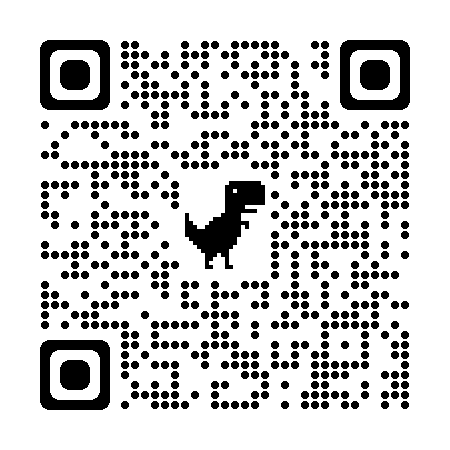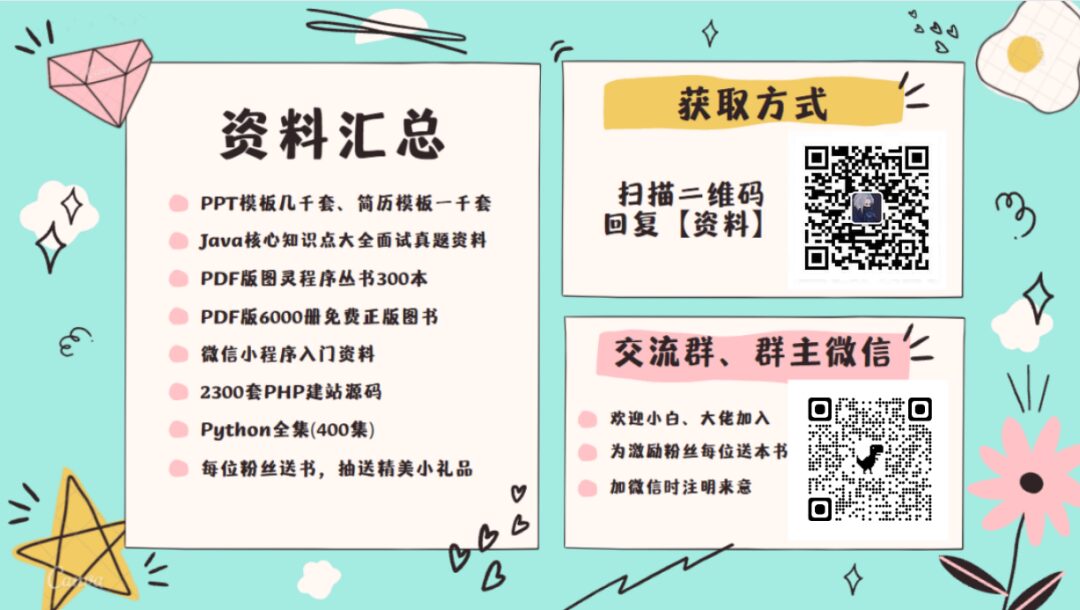Remember to click “Follow, Bookmark⭐
If you follow Hai Ge, you will become more handsome.
Reply with 【Join Group】 to join theFull Stack Technology Learning Group
It is no surprise that Python was created to be one of the most popular and widely used programming languages among developers globally. Today, it has over 8 million active developers and more than 121,000 active job positions worldwide as of today.
In this article, we will see how Python helps solve real-life problems and what applications developers are actively using these days.
1. Internet of Things (IoT)
With advancements in technology, the Internet of Things (IoT) is booming and undoubtedly has a huge impact on our lives. According to reports, there are over 10 billion devices active (integrated with IoT – *2022), expected to grow by more than 7.5 billion by the end of 2025. Moreover, the market share of IoT has accelerated, expected to leap from $478 billion (2022) to $2,465 billion (by the end of 2029). These statistics prove how far we have come in technology.
“What is its use?”
Developers use Raspberry Pi to enable any device for IoT purposes with the help of Python. Python can be used to create embedded software, allowing it to run faster on smaller objects where it can be utilized. Python’s Flask can easily be used for the backend of IoT as it can be set up effortlessly on server-side I/O, helping IoT devices work more smoothly.
2. Image Recognition and Text Processing
These algorithms are very similar to the structure of the human brain, where different neurons have the ability to replicate other functions. In other words, this technology has become one of the most prominent in today’s tech. Without image processing, industries like gaming and 3D would not be possible. The ease of use of Python and its libraries (like SciPy, Scikit, etc.) is one of the main reasons it is well-known in text processing and image recognition.
“What is its use?”
Python allows developers to prepare multi-dimensional images as it has functionalities and libraries for image processing and design. Libraries like NLTK (Natural Language Toolkit), CoreNLP, and spaCy are among the best tools for processing text using Python. Developers use Python to create applications that are the best solutions for companies to identify images from databases (images).
3. Scientific Computing
In recent years, the way mathematical computations are handled has changed dramatically. Developers and data scientists have developed new methods to handle complexities. There are various reasons to choose Python for scientific computing, including:
Python has a suitable environment and built-in support for scientific computing. Packages like NumPy, Scikit, and Matplotlib are toolkits that help scientists and developers work perfectly on applications.
Python enables developers to interact directly with code using tools like SWIG and cFFI (C Foreign Function Interface).
Python provides long-term support options for I/O functionalities to support all types of I/O formats, including real-time and streaming formats.
4. Game Development
Python is also known for developing various games such as arcade, adventure, puzzle, etc. Over the years, developers have been able to deliver games like tic-tac-toe, ping pong, etc. Libraries like Pytgame are among the most popular libraries developers use for game development due to their I/O functionalities. However, when it comes to building highly interactive 3D games, Python may not provide the expected output, which is why there are limitations when building games with Python.
How and where is it most suitable?
-
Pygame contains a large number of modules for developing highly interactive applications. -
It is beneficial for developing digital computation and string manipulation. -
It has platform independence.
5. Data Analysis and Visualization
Python is one of the best languages for data analysis and visualization, and its libraries provide scientists the ability to handle data of any scale. Here are some of the most popular libraries used for analysis and visualization:
-
“Pandas”: It is one of the most popular libraries used by data scientists for data manipulation and analysis. -
“Matplotlib”: Widely used for creating plots and various graphical representations. -
“Scikit-learn”: Very useful for creating plotting functions and descriptive statistics for different datasets. -
“Seaborn”: Highly used by scientists for preparing statistical data visualizations. -
“NumPy and SciPy”: Among the most popular libraries in Python for handling numerical and scientific computations.
6. Artificial Intelligence
Python provides interesting libraries for various tasks such as Pybrain, NumPy, SciPy, etc., and offers extensive support for developers handling complex projects or any specialized tasks. Due to its platform independence, Python offers excellent flexibility for different tasks. If you want to start an AI project, packages like NumPy, scikit-learn, and SciPy will provide a foundation for any basic form. Moreover, today it is used to solve many complex problems such as image recognition, data processing, scientific computing, etc.
There are various reasons to use Python for AI, ML, DL, etc., but one main reason is its readability. Additionally, it provides extra functionalities for creating interactive and informative designs.
7. Web Data Scraping
Many organizations are investing heavily just to stay ahead in business, which is where Python comes in. With its advanced tools and functionalities, web scraping can easily extract valuable data, leading to profitable business decisions. Here are some famous tools scientists use for data acquisition:
-
“Beautiful Soup”: It is one of the most basic tools for extracting useful information from HTML and XML files into a parse tree. You can also check out this article to learn more about using Beautiful Soup for web scraping – How to Scrape Websites with Beautiful Soup and Python? -
“Scrapy”: A high-end tool for web crawling and scraping. It also parses HTML and XML documents to extract data. -
“Python Requests”: This is a fast, high-level HTML Python library that provides scientists with an elegant API. (Note: It only helps extract data from static content of web pages.)
⭐️ Book GiveawayBenefits
Books:Giving away 4 copies of “The Wonderful Journey of Python Algorithms“. More introduction and catalog can be found by clicking the link below.

Combining the Python language, starting from basic algorithms, gradually delving into 6 commonly used algorithmic ideas, each with a wealth of vivid and interesting cases, allowing readers to realize the importance of algorithms while learning Python syntax and algorithms, thus generating a strong interest in algorithms.
“The Wonderful Journey of Python Algorithms” consists of 11 chapters, divided into 2 parts. The first part, “Basic Knowledge”, mainly introduces key foundational concepts such as Python, algorithms, data structures, time complexity, and space complexity, as well as the ten sorting algorithms, giving readers a preliminary understanding of algorithms; the second part, “Starting the Algorithm Journey”, introduces 6 algorithmic ideas including traversal, iteration, recursion, backtracking, greedy, and divide-and-conquer methods, combined with over 40 typical cases and their corresponding 100+ problem-solving ideas and methods, covering the basic ideas, key features, problem-solving steps, and frameworks of algorithms.
Books will be given away every week. Those who frequently comment and become familiar will have a chance! This time the giveaway is for books related to Python, which are definitely worth reading.
Giveaway Rules
Giveaway Rules: Given away through likes and comments, sharing this article to your circle + leaving a comment at the end, randomly selecting 4 readers each to receive 1 copy.
Announcement Time:October 2nd, 20:00 (Sunday)
end

Personal Introduction: Core member of HDZ, Huawei Cloud Expert Full Stack Blogger, CSDN Content Partner, Golden Author, Aliyun Expert Blogger, InfoQ, Blue Bridge Cloud Course Contracted Author, Over 120,000 fans on the internet. A blogger who loves computer science, exploring logical thinking while not forgetting philosophy and romantic science, and enjoys sharing technology and happiness.

QQ Group: 151836911
WeChat: wh18363